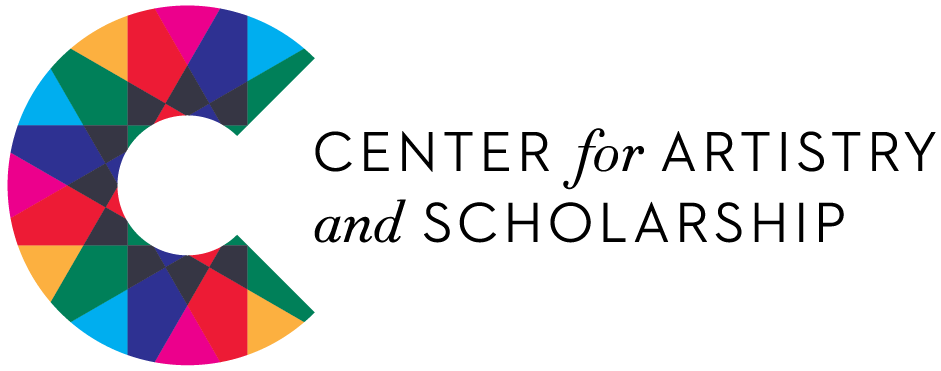What is Expeditionary Learning?
Students learning to play Chinese drums as part of an expedition on China and the Silk Road.
4th graders build wetus for an expedition about the Wampanoag Indians.
'What is Expeditionary Learning?' People always ask me this question. Expeditionary learning, now officially known as EL Education, was founded in 1991 by the Harvard Graduate School of Education and Outward Bound. EL Education’s mission is “to create classrooms where teachers can fulfill their highest aspirations, and students achieve more than they think possible, becoming active contributors to building a better world,” according to their website. As I step into the hallways of Conservatory Lab, EL Education jumps out at me from every direction. Recently, I took a walk through our lower school that was full of perfect examples.
First graders were closing an expedition by presenting at their celebration of learning about "The Material World, Human and Man-Made." Three classrooms held student displays that represented types of materials: metals, wood, plastic, clay and tile. Each student showcased a written explanation, a picture they drew, and had their own QR code you could use to listen to each student's explanation of their project. What I loved was the breadth and depth of their vocabulary -- they used words like flexible, bendy, stiff, dull, rough, and smooth to describe materials, and it demonstrated their new-found knowledge. As I looked around the room, I noticed a word wall built collaboratively by teachers and students. Beside each word was a student-drawn illustration of the word’s meaning.
Friday Finale.
After the celebration of learning, I went downstairs to participate in a community celebration for all the grades at our lower school (K1 - 2), affectionately known as "Friday Finale." Students entered the room to music played by teachers and student leaders. Once everyone was settled, including many family members and guests, 2nd graders shared some learning from their current expedition about snakes. Small groups took turns presenting and using visual displaysto discuss various aspects of the project. Throughout the presentation, a different group of students formed a jazz ensemble with their teachers to accompany the presentations. The music was a throughline to encourage the audience to listen closely. The music quieted to a soft background as students shared each piece of information and then crescendoed to refocus the audience as groups transitioned.
Earlier in the week, grade 8 students chose to work after school with their science teacher, Ms. Schibuk, to complete projects that they had been working on for a long time. The students had designed sculptures to represent how climate change will affect and has affected Boston and the world. Their work will be displayed in a gallery in Wilmington alongside other professional artists in an exhibition titled "Rooted in Paradise." The exhibition is co-sponsored by The Revolving Museum, an activist organization, and Beyond Benign, a group that promotes teaching environmentally-conscious science.
All of this represents different aspects of expeditionary learning. Students not only learn skills and concepts but synthesize and apply their learning to lead peers, families, and their communities to consider how this learning impacts our community. Expeditionary learning is found in all facets of our school: teachers building engaging curriculum, using instruction that allows students to demonstrate their learning through authentic experiences, and students reflecting and leading their own learning. This all happens as administrators, teachers, families, and students partner to work towards this inspiring vision of the work.



